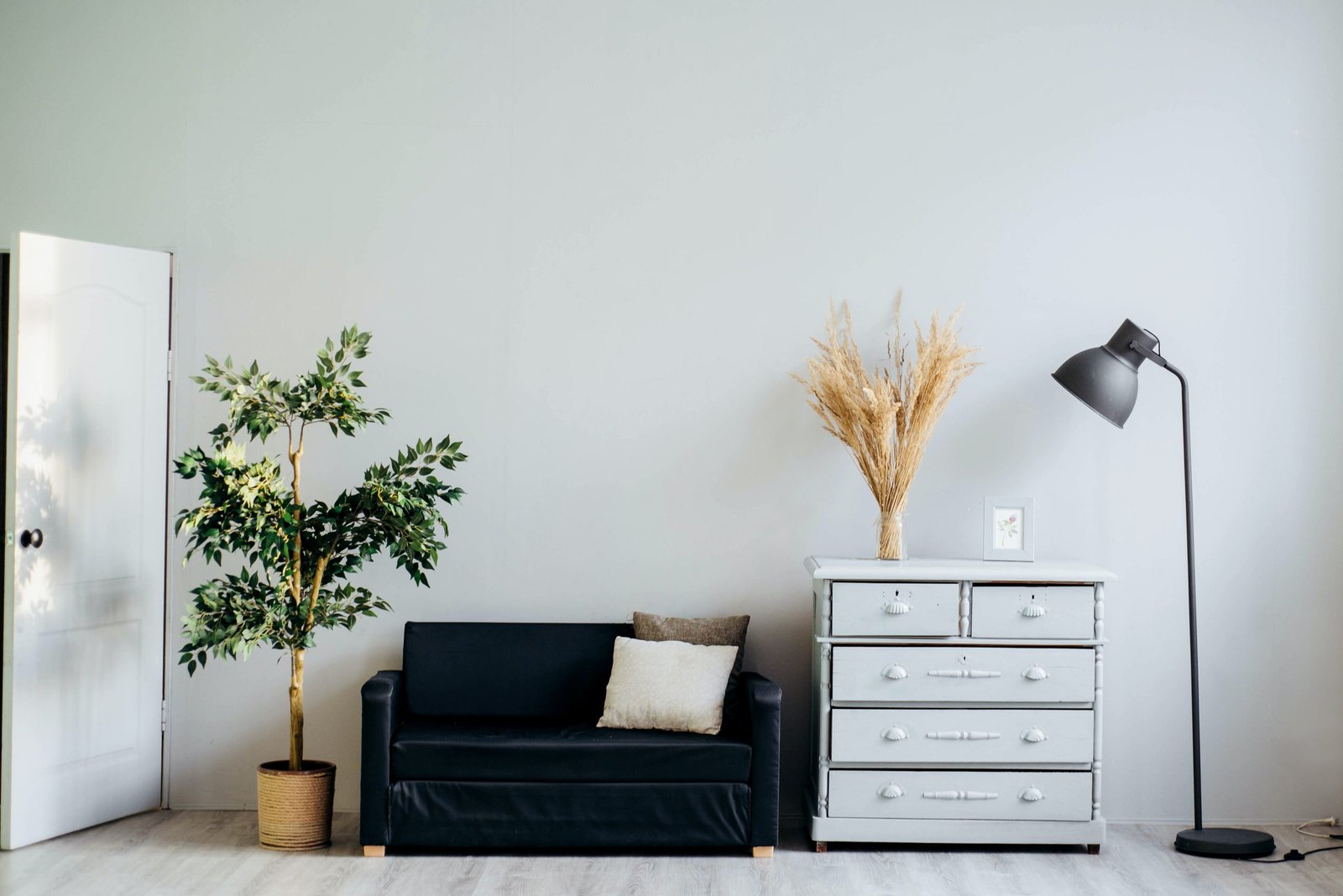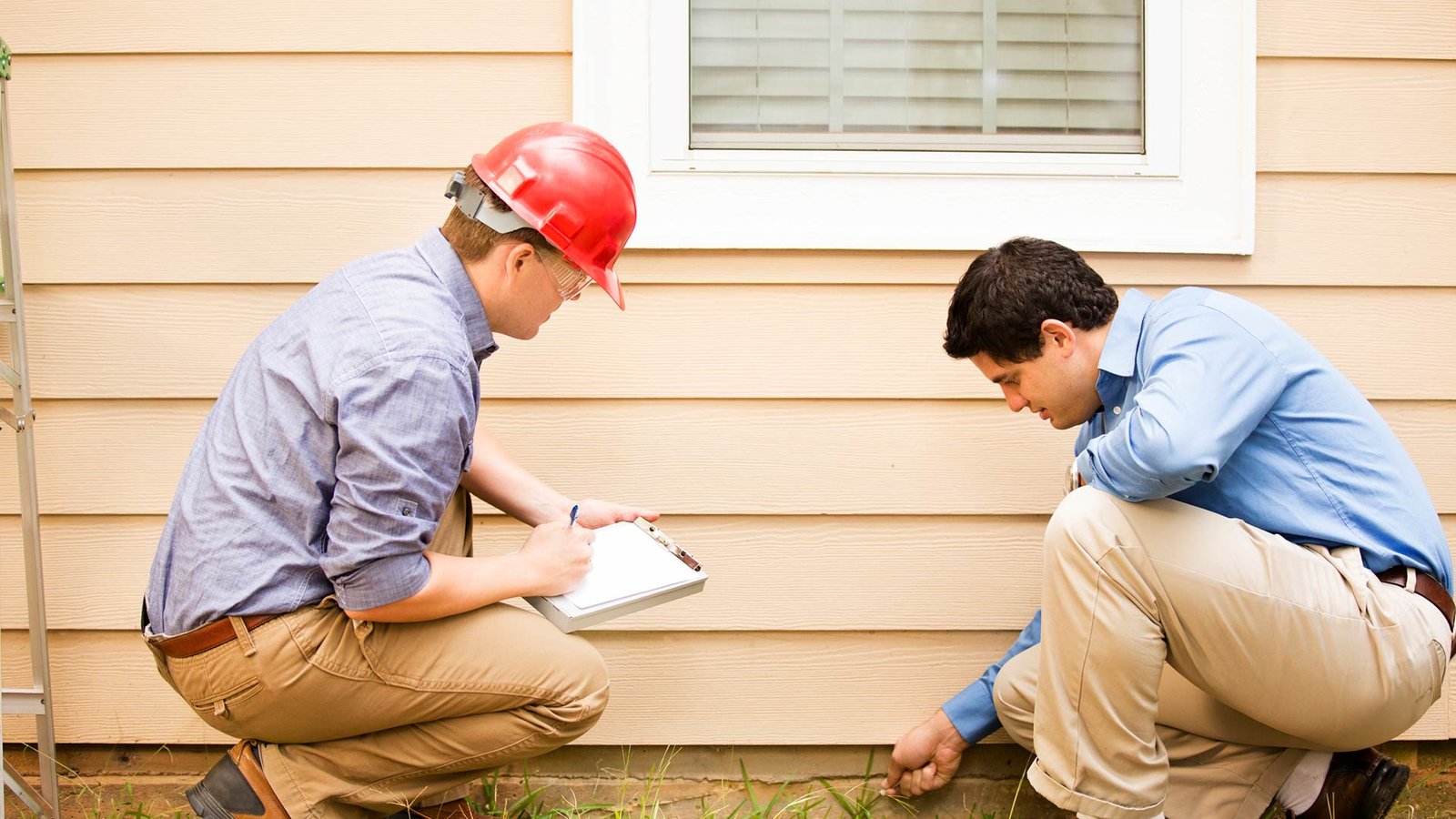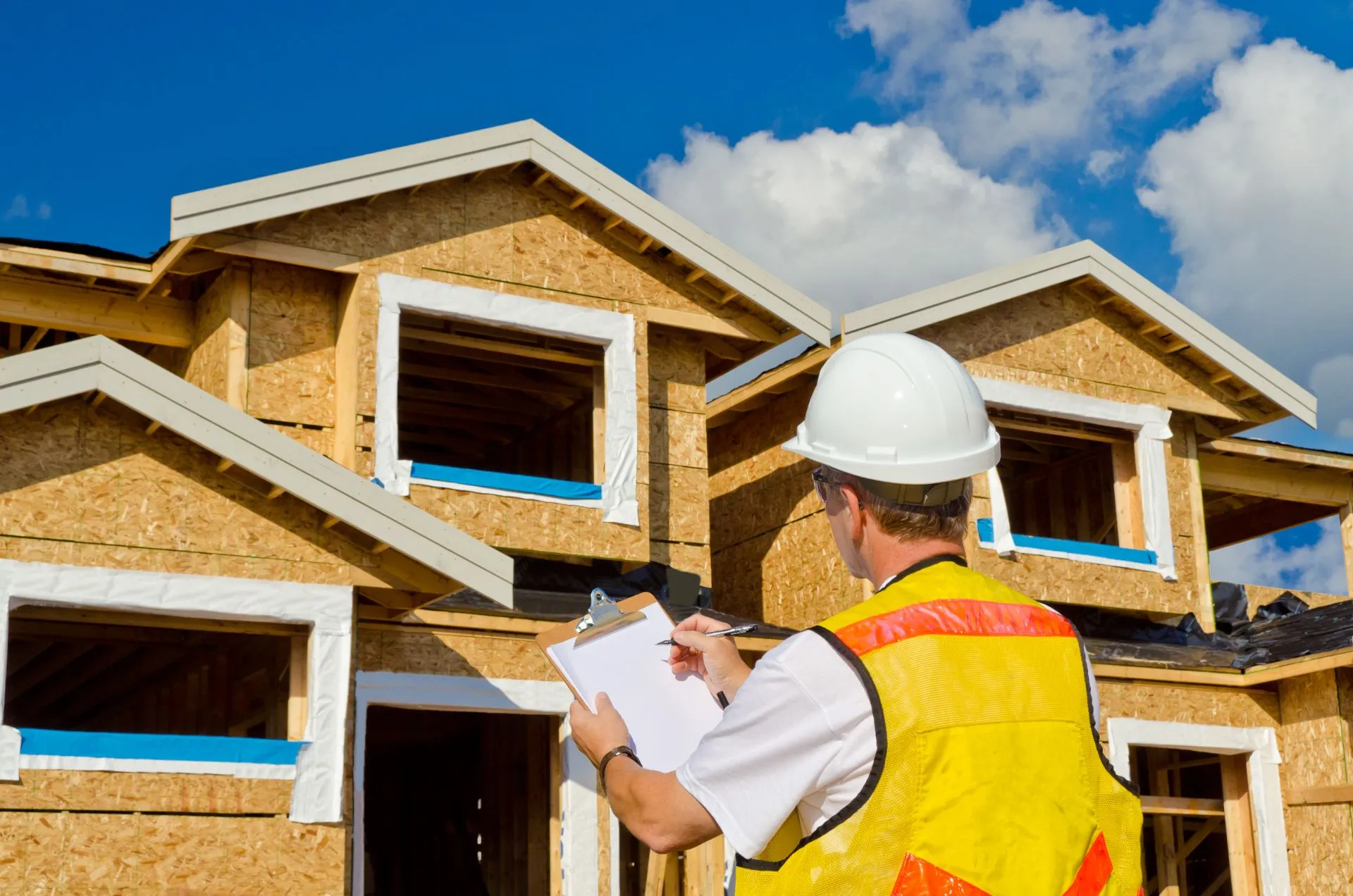
Renovating Your Home For Aging In Place
abdul
- 0
As we age, our housing needs change, and it becomes essential to make our homes more accommodating for the long term. Aging in place, the concept of remaining in your own home as you grow older has become increasingly popular. To achieve this, homeowners are opting to renovate their homes with the help of Colorado Residential Design, ensuring safety, accessibility, and comfort. In this article, we will explore the key considerations and modifications necessary for renovating your home to support aging in place.
Assessing Your Current Living Situation
Before embarking on any home renovations, it’s crucial to evaluate your current living situation and identify areas that may pose challenges or safety concerns. Take note of any mobility issues, potential tripping hazards, and spaces that may require adjustments for easier navigation.
Enhancing Accessibility
Creating an accessible home is a primary objective when renovating for aging in place. Incorporate features that allow for easy mobility and independence:
- Entrance: Install ramps or gradual slopes at entryways to eliminate stairs. Ensure there is sufficient lighting and a secure handrail for stability.
- Doorways: Widen doorways to accommodate mobility aids such as wheelchairs or walkers. A minimum width of 36 inches is recommended.
- Bathrooms: Renovate bathrooms to include grab bars near toilets and in showers or tubs. Install a curbless shower with a built-in bench and a handheld showerhead for convenience. Consider a raised toilet seat and non-slip flooring to minimize the risk of falls.
- Kitchen: Opt for adjustable-height countertops and lower sinks to facilitate easy access. Install pull-out shelves and drawers for improved organization and reduced bending or reaching.
- Staircases: Consider installing stairlifts or elevators to eliminate the need for climbing stairs. Alternatively, ensure adequate handrails are present and that stairs are well-lit.
Improving Safety Measures
Home safety is paramount for aging in place. Implementing the following modifications will help prevent accidents and provide peace of mind:
- Lighting: Enhance lighting throughout the house, ensuring there are no dark areas. Install motion-sensor lights in hallways and outdoor spaces to illuminate paths automatically.
- Flooring: Replace slippery flooring materials with non-slip surfaces such as textured tiles, cork, or rubber. Remove or secure loose rugs and carpets to prevent tripping hazards.
- Security: Install smoke detectors and carbon monoxide detectors on each floor, as well as a fire extinguisher inaccessible locations. Consider a home security system that includes emergency response features.
- Easy-to-reach Controls: Lower light switches, thermostat controls, and electrical outlets to a comfortable height for easy access.
Consider Universal Design Principles
The universal design focuses on creating spaces that are accessible and user-friendly for people of all ages and abilities. TrueHomeDesignBuild.com is a full-service design and build firm that specializes in creating custom homes and renovations tailored to each client’s individual vision.
By incorporating universal design principles, you can future-proof your home:
- Open Floor Plans: Create open and spacious layouts that allow for easy maneuverability, particularly in common areas like the living room, kitchen, and dining spaces.
- Lever Handles: Replace traditional doorknobs with lever-style handles that are easier to grip and manipulate, especially for individuals with limited hand strength.
- Multi-Height Countertops: Include varying countertop heights to accommodate individuals who may prefer to sit while working or preparing meals.
- Non-Slip Surfaces: Extend the use of non-slip surfaces to all areas of the home, including hallways, entryways, and outdoor spaces.
When renovating for aging in place, it’s essential to create comfortable and functional bedroom and living spaces that promote rest and relaxation:
- Bedroom: Ensure there is ample space around the bed for easy movement. Install adjustable bed heights to accommodate individual preferences. Consider installing a bedroom on the main level of your home to avoid the need to climb stairs.
- Living Room: Choose furniture with firm cushions and supportive backs, making it easier to sit and rise. Arrange furniture to create clear pathways and remove any unnecessary clutter that could obstruct movement.
- Window Treatments: Install window treatments that are easy to open and close, allowing for natural light and ventilation. Consider automated blinds or curtains for added convenience.
Conclusion
Renovating your home for aging in place is a proactive step towards creating a safe, accessible, and comfortable living environment that allows you to maintain independence and quality of life as you grow older. By assessing your current living situation, enhancing accessibility, improving safety measures, and incorporating universal design principles, you can ensure that your home is conducive to aging in place. Additionally, embracing smart home technology can further enhance the functionality and convenience of your living space. Investing in these renovations not only benefits you but also provides peace of mind to your loved ones. Remember, it’s never too early to start planning for the future and making your home a place where you can comfortably age in place.
ALSO READ / garage door replacement
Also Read: The Advantages Of MDF Board: Why It’s A Popular Choice For Furniture And Cabinetry

